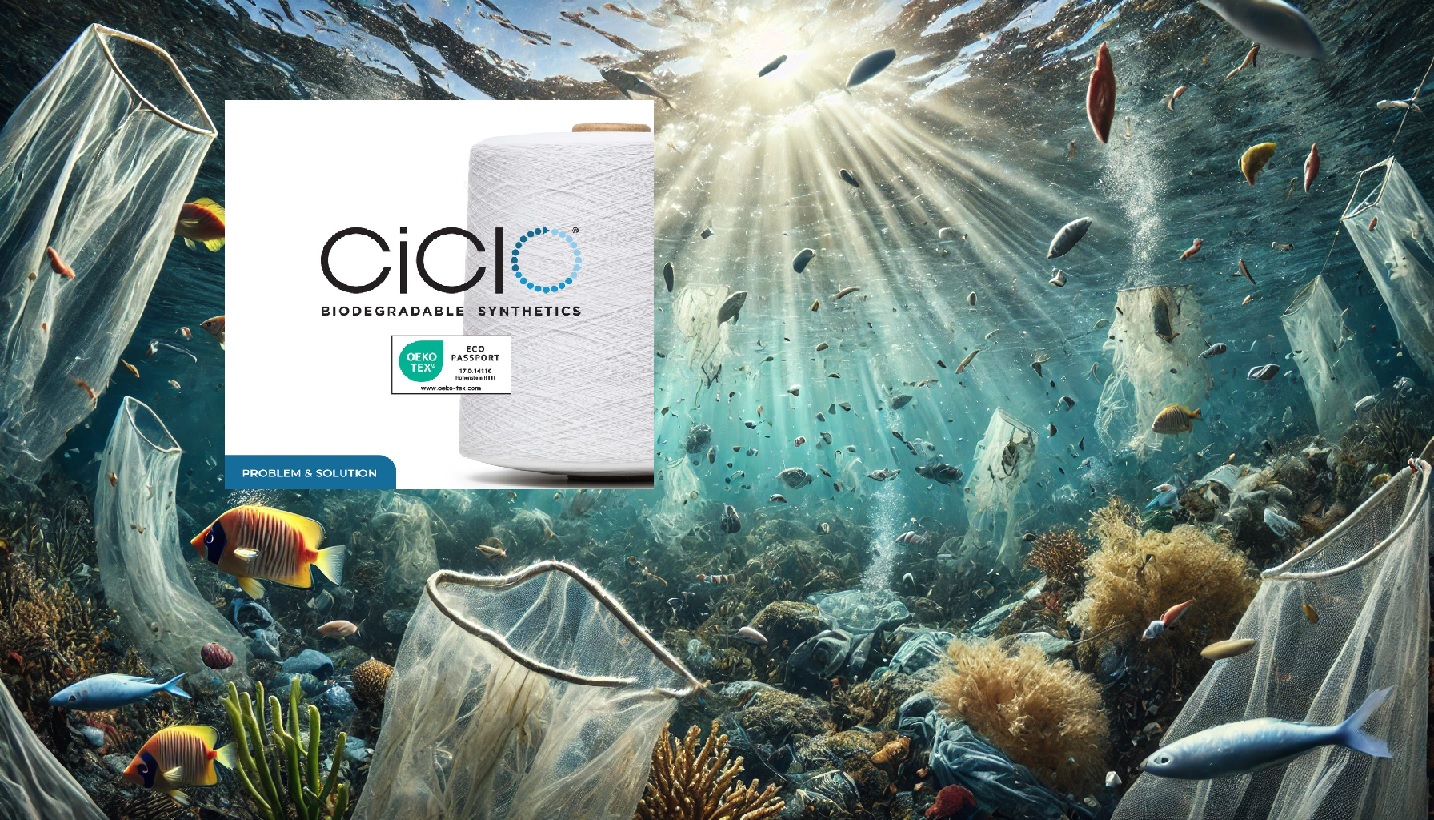CIRCULOSE ® by Renewcell is a sustainable material that is transforming the fashion industry by offering a circular solution to cotton textile waste through recycling. Here are the key points about CIRCULOSE®:
Raw Material: CIRCULOSE® is made from 100% textile waste (mainly cotton), such as worn-out jeans and production scraps, which are rich in cellulose content.
Process: The process of creating CIRCULOSE® involves several steps:
- Discarded textiles, preferably cotton clothes, are collected.
- These clothes are shredded, de-buttoned, de-zipped, de-colored, and turned into a slurry. Impurities like plastic polyester are removed, leaving behind cellulose.
- The slurry is dried to produce sheets of pure CIRCULOSE®.
- These sheets are packaged into bales and shipped off to fiber producers to be made back into textile fibers.
Applications: CIRCULOSE ® can be used to make staple fiber or filament viscose, lyocell, modal, or acetate rayon. It has been used in the production of iconic products like Levi’s 501 Original, which is made with organic cotton and CIRCULOSE ® and designed to be recyclable.
Sustainability Aspects: CIRCULOSE® is a sustainable material for several reasons:
- It is made from 100% textile waste, reducing the need for new cotton, oil, or wood.
- The process of creating CIRCULOSE ® is powered by 100% renewable energy.
- It provides a viable end-of-use pathway for waste cotton.
- The fiber has a much lower carbon emission impact compared to viscose fibers made from wood pulp.
- It is biodegradable.
- The production of CIRCULOSE ® results in a net reduction in overall carbon emissions.
- The use of CIRCULOSE® in garments can significantly reduce the fashion raw material and waste impact.



